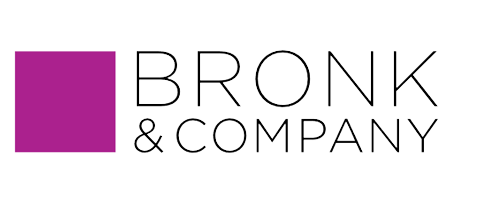Material Flow Management (MFM) – an important, but often neglected supply chain component
Personnel and transport vehicles are important resources, which ensure a stable and efficient supply chain performance. If these resources are not managed correctly waiting times ensue, which may lead to the stand-still of production facilities, thus causing unnecessary costs and also directly influencing delivery reliability. The typically high integration of production facilities in the metals industry increases this effect very clearly.
In the case of an automated material flow the aim is a complete synchronization and optimization of transports with the activities in the areas goods receipt, production, internal transport and loading. Even today, manually operated transport vehicles are often used in the metals industry and systematic support is only used in the administration of transport orders. At most this ensures continuous material tracking, but not route optimization of supply to the production facilities by optimally utilizing personnel and transport vehicles, as it can be achieved with an automated MFM. It also provides additional benefits in the following areas:
- Direct adjustment of the transport order management to changes in the ‘As Is’-situation or the detailed schedule respectively
- Increasing transparency to support decision making for all responsible parties
- Possibility to accurately account for material inventory at any time
- Directly measurable increase of the operating margins
First steps with considerable effects – active MFM also possible without automation:
If the existing and still functioning infrastructure provides an obstacle to the introduction of an automated solution, a first optimization is still possible with a manageable effort and the concepts of automated MFM can also be introduced partially in a manual system:
Other than in an automated solution, detailed transport orders are transferred by interface to a PLC and displayed on the workers’ terminal. The management and tracking of the transport happen directly via barcodes, QR codes, transponders or indirectly via a tracking system (laser sensors, GPS, tags, etc.).
Confirmation of the transport order, which in an automated solution takes place in form of a telegram from the PLC to the MFM, is replaced by manual entry through the workers. In many cases even this manual entry may be omitted, as long as the MFM, with the help of relevant plausibility checks (e.g. comparison of positions and loads), clearly recognizes the completion of the transport order and immediately provides the worker with the next transport order.
An MFM also provides secondary benefits, which are not immediately obvious:
- Consideration of all current restrictions, such as lockdown of the scrap yard, restrictions on yard access or materials, scrap handling
- Optimized choosing of destination and routes of transport, as well as vehicles, sequencing of following vehicles etc.
- Optimization of transport resources under consideration of order status and position of transport vehicles
- Optimum utilization of available capacities (idle time) for logistic-optimizing “clean up operations”
Conclusion
The introduction of an active MFM holds considerable potential for EBIT and supply chain performance, as can be seen in this example of a B&C project: a medium-sized steel processor managed to increase the run time and at the same time the operating margin by 4.9% and to reduce the throughput time by 4.7%.


